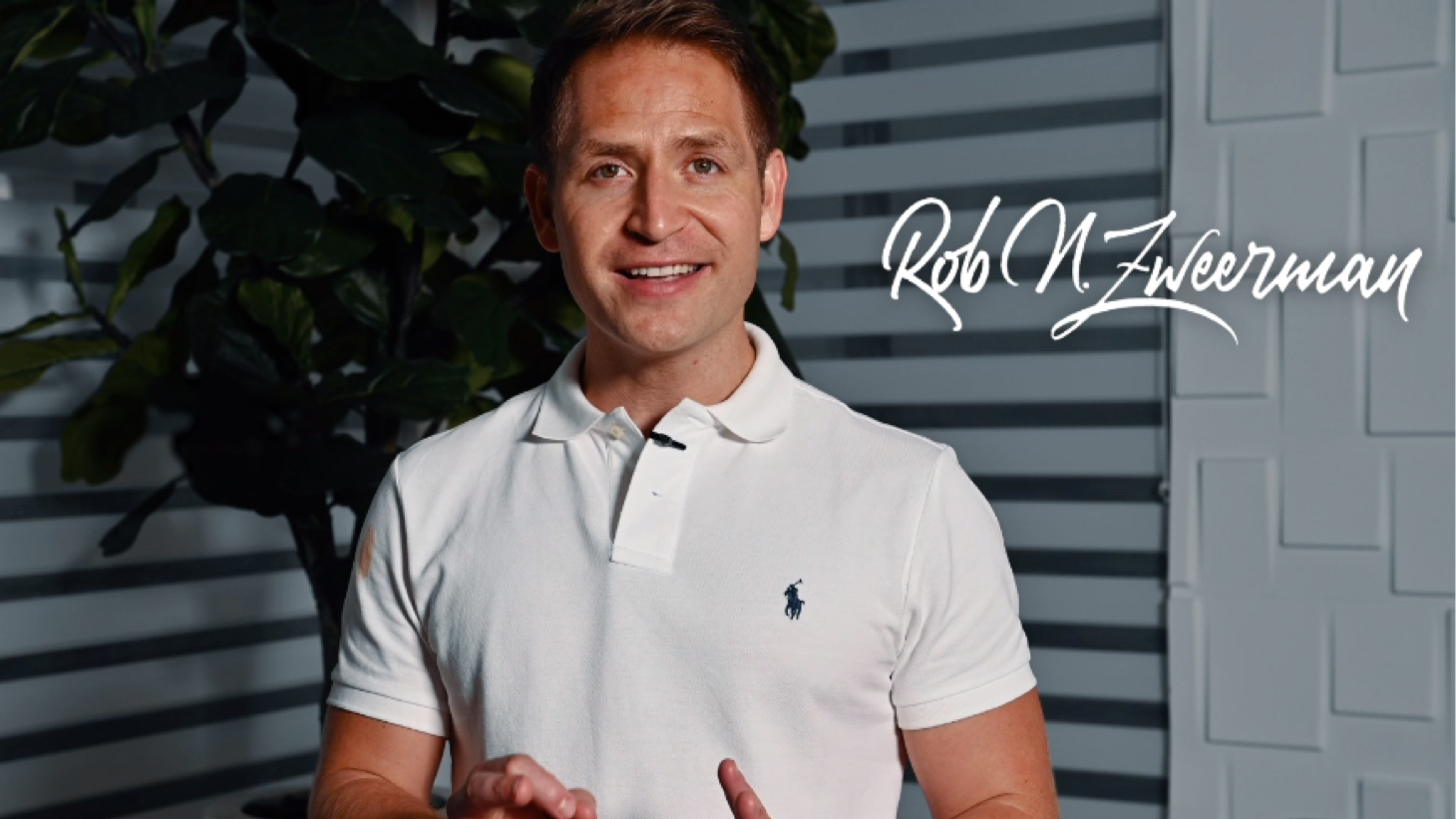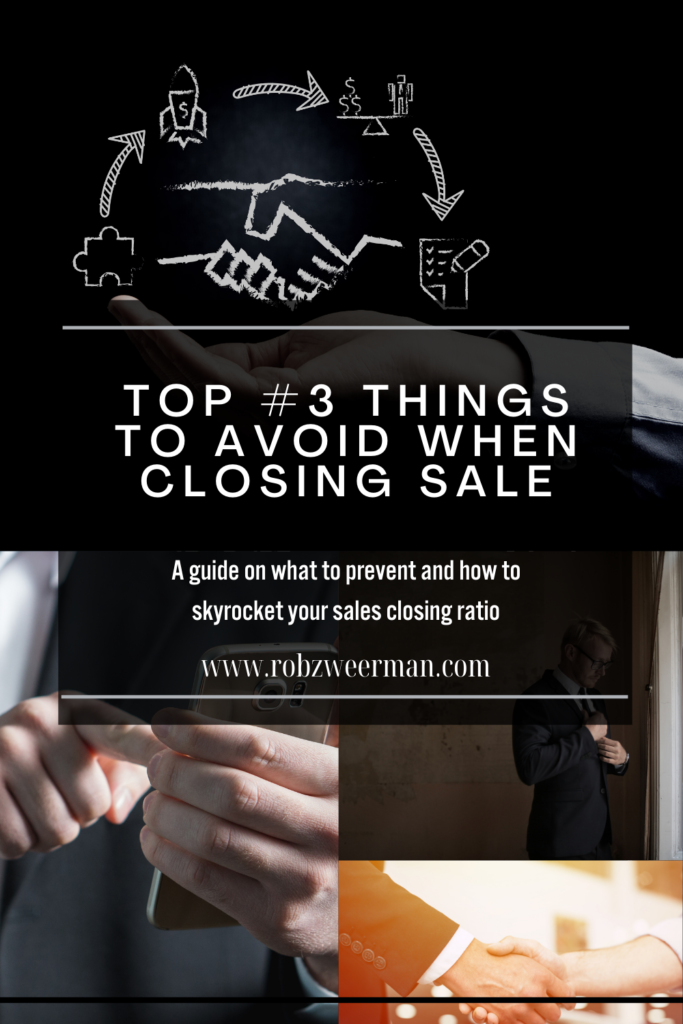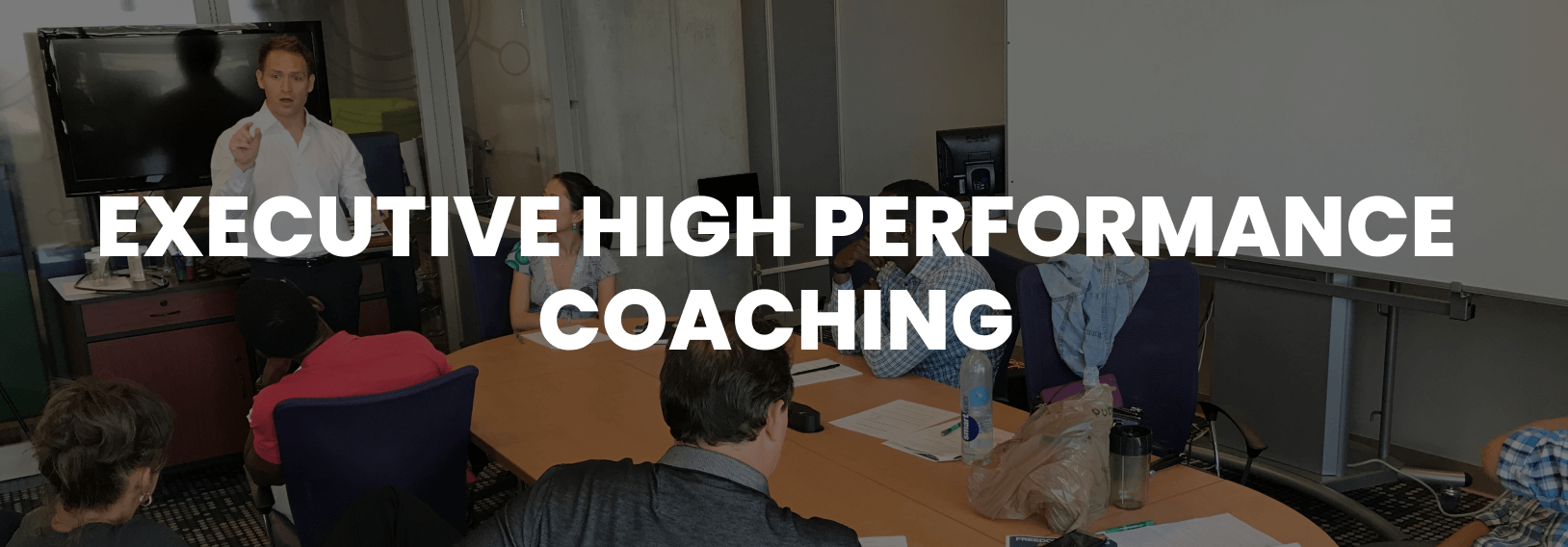Top #3 Things to Avoid When Closing a Sale

Top #3 Things to Avoid When Closing a Sale
A guide on what to prevent and how to crank up your sales closing ratio
As an expert in your niche, you know how valuable your products or services are – however, your conversion rate is low. Despite wanting to help others live a better quality of life, an advanced sales process is what brings revenue on the table and lets you be in business. Therefore, next to serving humanity and solving massive problems with your solution, closing sales should be the primary objective of any business.
However, despite sales being the livelihood of any business, most business owners don’t follow a proven sales process. Instead they use outdated sales techniques or even have no sales process at all – especially when the desire is to sell high-ticket products or services.
Or on the contrary, you might have developed a sales process, but you still make certain mistakes that can cost you your deal closing ratio. Becoming aware of your KPI’s is not only critical when it comes to financial business goals but they especially matter when it comes to avoiding common mistakes. Once you realize your mistakes and optimize your performance, you’ll be able to increase your closing ratio.
Identify your mistakes and eliminate them to strive for excellence.
#1 Don’t be like the average salesperson
A common saying, but it couldn’t be more accurate in sales: First impressions are everything.
Once you start interacting with a potential customer, it’s important to stay authentic instead of going straight for the close. Traditional salespeople focus on talking about the product features and benefits, leading up with multiple follow-ups.
In today’s economy, clients are evolving and so do their instincts when it comes to sales. Being surrounded by social media and marketing daily, they’re aware of common practices. Their fear is falling for a sales pitch and buying something they don’t need – which is exactly why you should learn how your client thinks.
Use knowledge about this fear to your advantage and understand how the mind works – you will realize that your focus should shift away from your product and to your client. If they fear that they could fall for a sales pitch and buy something useless, they’re afraid of losing their hard-earned money. However, suppose instead of talking about your products’ benefits, you’re talking about solving a clients’ problem, and bridging the gap from where they are to where they want to be with your product – you’re more likely to attract their interest.
Not sure how to rethink your sales approach? For the first time, sign up for a free 7-day coaching trial and speak to one of our team members about your sales process and systems.

#2 Old-school Sales Techniques
The most significant difference between the outdated sales approach and the new psychology of sales is shifting focus from the product or service to the client. Hereby, your biggest challenge is understanding your target audience, developing a sense of understanding for their problems, and finding ways to demonstrate how to solve them.
A common sales technique is overselling and over-promising things that might not happen. Despite everyone having access to the internet and can google your facts, people have developed an instinct. They know when you’re overselling it to get to a close.
Instead, focus on authentic and precise fact sharing. Speak honestly about your products or services and how they can help your target audience and solve their problems.
Being more concerned with selling rather than closing can quickly push away a potential client. If your prospect is wary about your product, trying to convince them won’t help.
Instead, focus on the person opposite of you, ask many questions, and listen to what they have to say. Get to know them and find out where their pains lay. With this approach, you can guide your prospect to close on themselves.
A closer is concerned with qualifying clients instead of selling products.
#3 You’re Missing Clarity
To qualify a lead, you need to know what a perfect client looks like. Be clear about your demographics and target audience. That way, you discover what their problems, pain points and desired outcome are. Your solution should be able to bridge the gap between where they are now to where they want to be.
Getting the message across to the right people is the goal.
Suppose you’re unsure about your target audience. Characterize your product and your services. Here, ask yourself questions concerning the population it helps: where do they live? What industry are they working in? What is their annual income? Does their age make a difference? If they’re a company, what products or services do they offer to what kind of clients? This will help you identify the benefits and what kind of problems it can solve, which you should add to the list as an overview.
Lastly, compare your list to segments of the populations (your niche market) that fit your description. This will help adapt your sales process by targeting their specific needs and problems.
If you’re unsure how to define your target audience, compare past and current customers to visualize possible similarities.

This process will improve your communication skills: your speaking style will change, from neediness to confidence and sophistication. You won’t be using your product to sell anymore, but rather, you’re qualifying potential leads for your product. Meaning, they go through a process, whether they will be a good fit for you or your product. Think of it psychologically, if something is easily attainable and someone is eager to sell it – it might not be as valuable, right? However, suppose it’s an exclusive offer. In that case, it’ll become more attractive, and therefore, making it more likely to close a deal.
If you’re unsure on how to design an approach that others will trust and that’s authentic to you, consider enrolling in my inner-circle coaching program, for the first time, 7-day completely free. I will personally walk you through the process from finding the right target audience to letting your leads close on themselves.
Developing the right sales process is critical for the survival and thrival of your business; therefore, below are the most important steps for you, outlined in this guide:
1) Identify their needs
Get to know your target audience and their exact needs.
2) Identify and isolate their problems
This will involve asking the right questions and listening more than talking. Focus on creating a non-judgmental atmosphere for your clients to open up about their issues, which involves uninterrupted listening. Find their problems and identify how to solve them with your help.
3) Visualize it for them – how would their world look without these issues?
By explaining the process, including how your process helps to solve their problems, you’re letting them picture it in their head. Be as descriptive as possible within their own stories to help them picture it.
4) Let them make the conscious decision
By letting them visualize how you can solve their problems after creating a trusting relationship, you are allowing them to close the deal themselves.
You’re nurturing the relationship and build a trust foundation – which also shows that you’re different from competitors. Are you unsure about this process and it’s approach? Schedule a complimentary meeting with my team, where we dive into your sales processes and look into your sales closing ratio.
What is something outdated that you learned in the past when it comes to closing deals? What doesn’t work anymore but used to?
Consider reading next: Life of a High Performance Entrepreneur
Want to save this for later? Click on the graphic to be directed to Pinterest.
ABOUT THE AUTHOR

Team Rob N. Zweerman
Rob N. Zweerman has been a serial entrepreneur for over 10 years, and has personally built 6 companies that have sold millions combined worth of products and services.
Rob now specializes in helping highly motivated starters and entrepreneurs double their revenue, and impact in a global marketplace in 12 months or less, without sacrificing a lifestyle of freedom following a unique approach to steady growth, and financial security.
Having worked with everyone from solopreneurs to large scale organizations, Rob has created a track record of massive results.
need help?
FREE GAME-PLAN ONE-ON-ONE ADVICE OR COACHING SESSION
(by application only)
Our Private Clients Are Raving…
“The Most Valuable 60-Minutes I’ve Spent In My Business”






